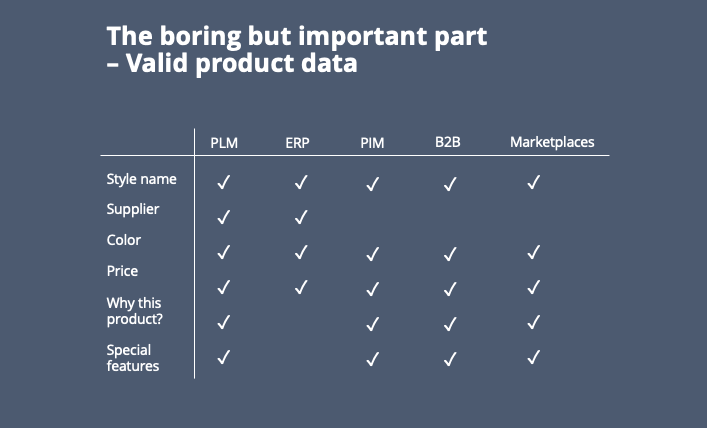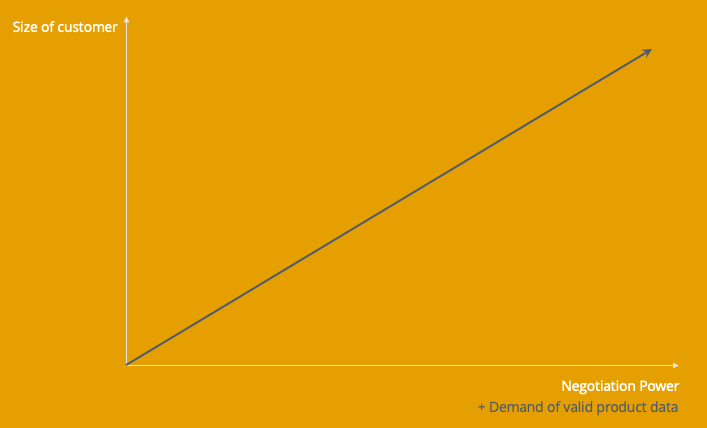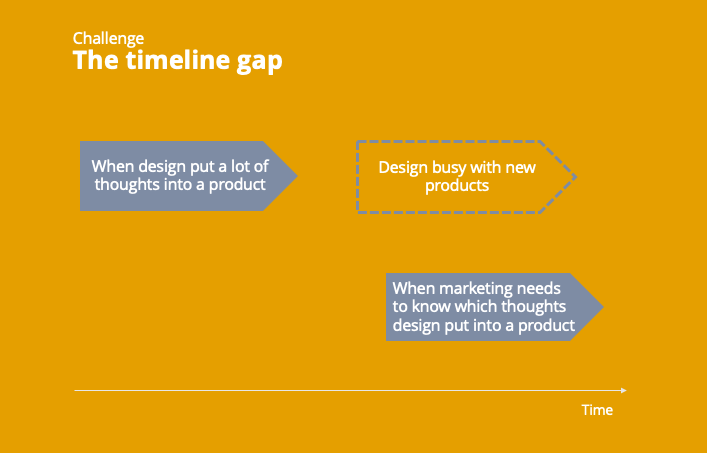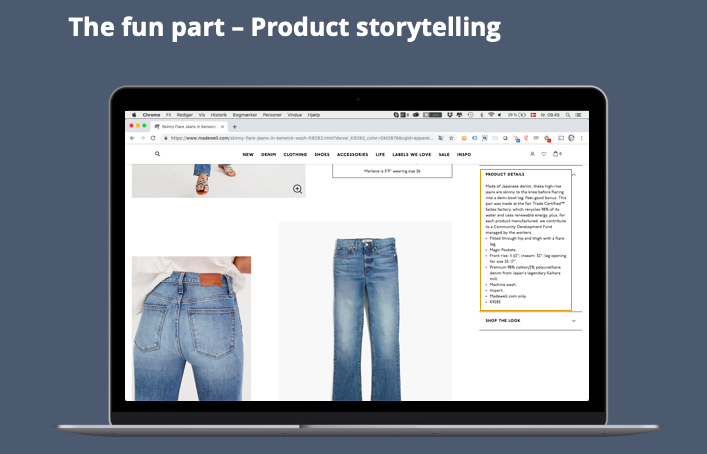
By Bianca Hegedus
3 minute read
Bianca Hegedus By Bianca Hegedus
3 minute read
How to bridge between product development, sales & marketing
Rule no.1: CUSTOMER IS KING
There is nothing new in the fact that customer is king, but the amount of potential customers is decreasing due to consolidation and smaller retailers closing. This leaves us with fewer and bigger potential wholesale customers. This increases the wholesalers buying and negotiation power. If you want your brand be distributed through the bigger retailers and marketplaces, you simply have to accept their terms.
One of the essential terms - when dealing with bigger customers - is their requirement of valid product data. A challenge not seen earlier when distributing through small multi-brand stores.
In many companies valuable time is spent in customer service filling in Excel sheets - often different Excel sheets for each customer. Time that could have been spent delivering superior customer service and maybe even sell some more products.
The Gap between Product development, Sales & marketing
For some reason it comes as a surprise each season that product texts have to be made. The challenge often being that the product development is far ahead making new products, when sales and marketing are requesting information on "What about this product? What makes it unique?".
Besides interrupting the work for the product development team, it can also be really tricky for the team to actually remember the product and the idea behind it - and suddenly you have to reinvent why you actually made this product, resulting in often halfhearted information.
So how can you eliminate the gap?
Overall there are two things - besides making outstanding products - that is required to make sales and marketing teams happy.
Let's start with the most boring - but also most important - one:
Valid product data
Questions to ask:
- Which product data is needed for all channels?
- Who is in charge of the data?
- When is the first touchpoint where information can be added, in the product life cycle?

At Delogue we have a vast experience supporting to get those questions answered - do not hesitate to reach out, if you would like to know more about this.
Now to the more fun part and why YOU PROBABLY became a product developer:
Product storytelling -THE REASON TO Buy
Questions to ask:
- Begin with the “Why” when making a new product – make a structured note
- Secondly, what makes this product unique?
- Add as many product description features as possible - it makes easier for the marketing team to write the good story
Source: Everlane
We promised you 5 simple steps
So here you go:
- During the product development process, note why are you making this product.
- Consider and note what makes the product unique and why your consumer will love it or needs it.
- Make sure that all notes and product data are correct and valid - the rest of the supply chain depends on this.
- Define who is in charge of each part of the product data in the value chain and when.
- Define a single source of truth, that all departments have access to.
We love to support you
If you are curious to hear how Delogue supports the product development team in above mentioned topics, do not hesitate to reach out to us - we love to drink coffee or have an online chat.


